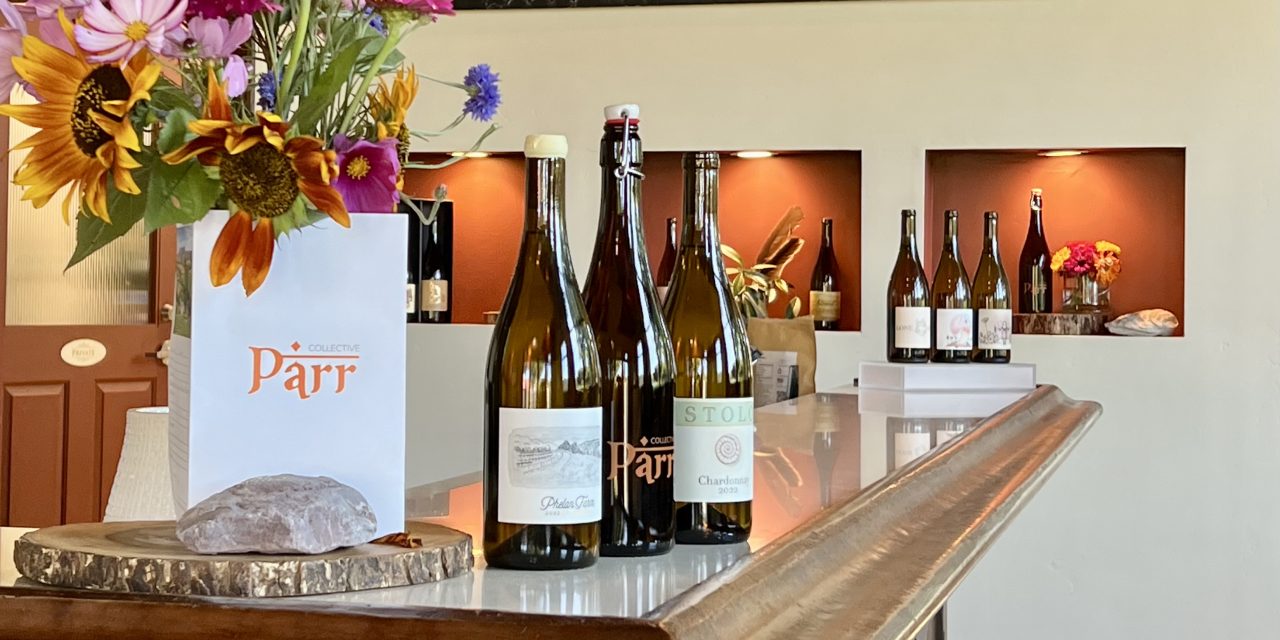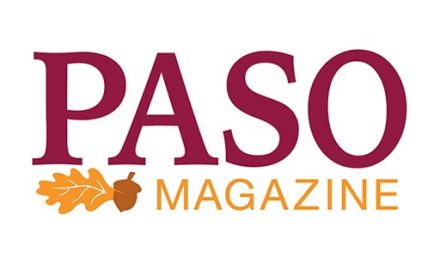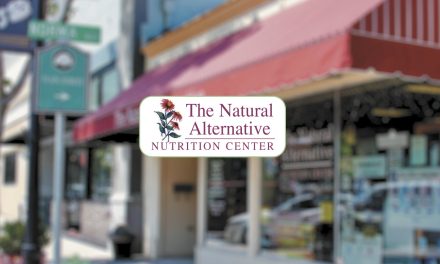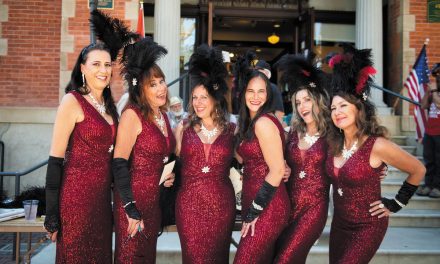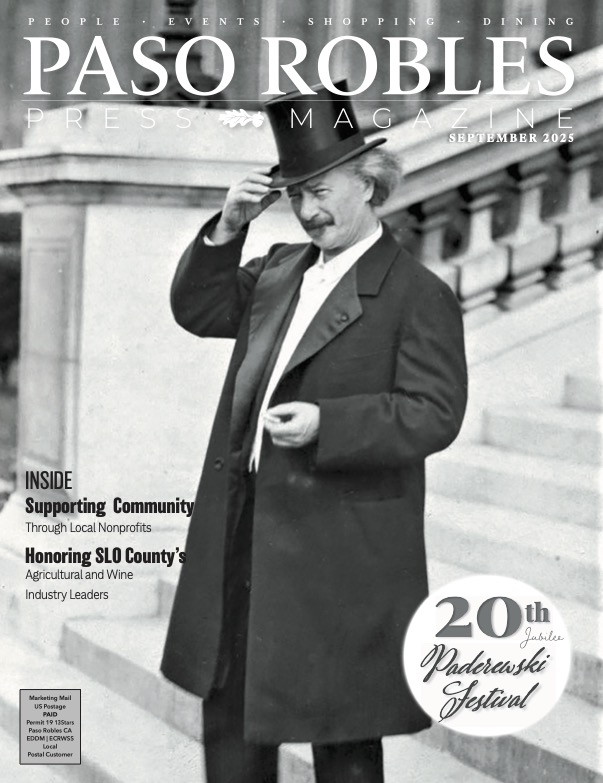With a passion for cool climate wines, Rajat Parr has found the ideal spot in Cambria in the SLO Coast AVA. Sommelier-turned- vigneron and James Beard award-winning author, Parr joined Stolo Vineyards as its winemaker in 2021 and last year took over as its caretaker under a long-term lease arrangement.
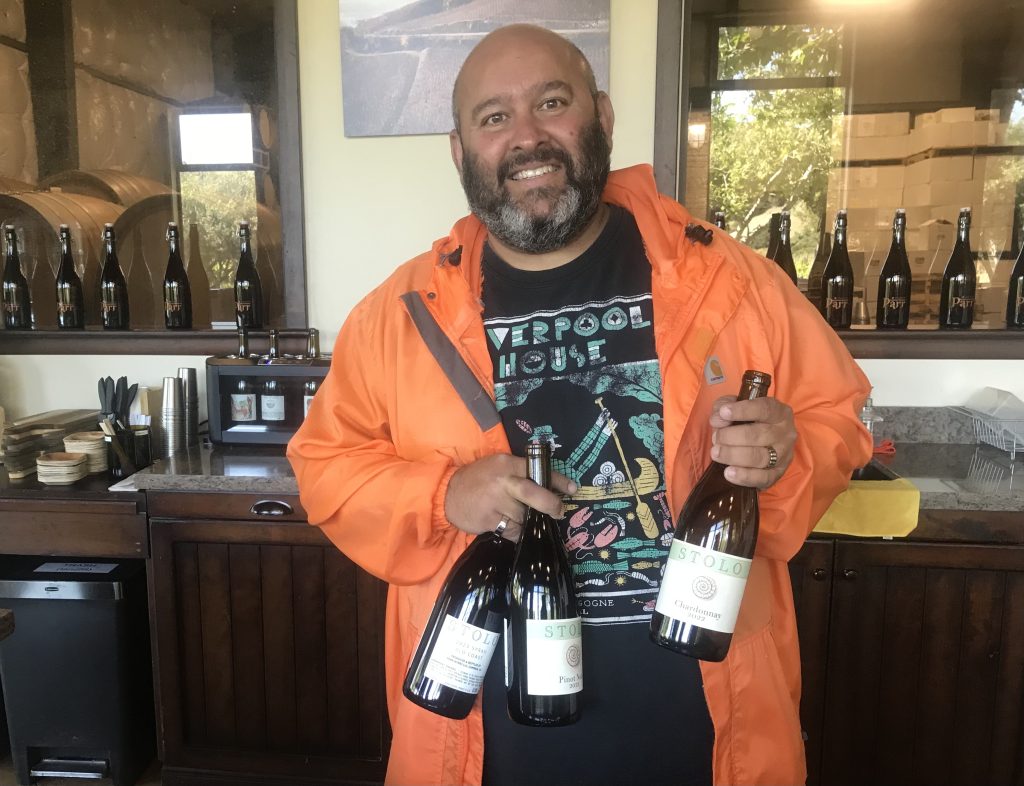
Photos: Mira Honeycutt
The Stolo winery is also the home base for Parr Collective Wines, a portfolio of Parr’s own brand of wines which includes Phelan Farm: Wines of the Pacific, Scythian Wine Company and Brij Wines, all made at the Stolo winery and available at its tasting lounge. With the addition of Parr Collective, Stolo Vineyard is poised for a makeover under Parr’s vision.
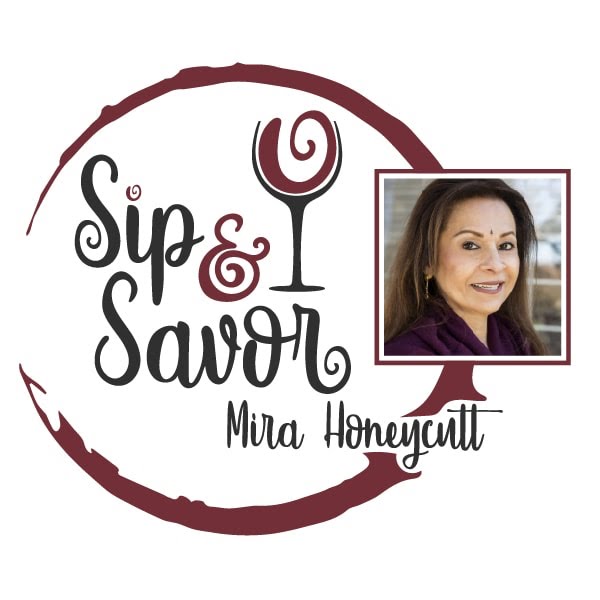
“For the next five years, there will be a lot of changes,” he told me during an afternoon escape from Paso Robles’ intense heat when I met him at Stolo winery tucked along the cool hillsides of Cambria.
These changes are being incorporated gradually starting with re-grafting and new hillsides plantings. “By 2030 we will be set up for the next 50 years,” he said. “It takes time and energy but we’ll get there.”
Such new planting will include little-known varieties in the SLO Coast that Parr is passionate about, varieties like Pink Chardonnay, native to southern Burgundy, and Savagnin and Gringet from regions in eastern France.
An additional 7.5-acre planting will be added to the current 22.5-acre vineyard at Stolo. “Gewürztraminer is gone and Sauvignon Blanc is gone. We are grafting Savagnin and Pink Chardonnay on it.”
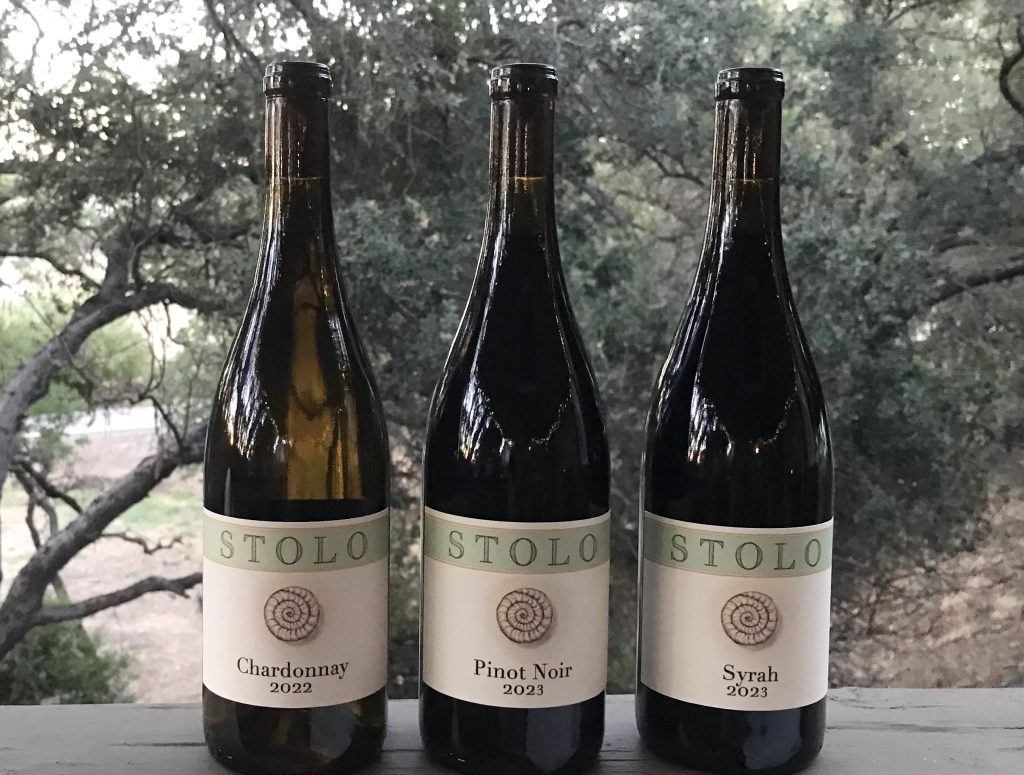
Furthermore, there are farming revisions. “Vineyards are completely converted to organic and we’re moving to regenerative farming with the inclusion of animals,” Parr added. “It’s the same idea as Phelan Farm.”
Phelan Farm is where Parr’s association with Cambria began leasing a vineyard in a remote hillside in 2017. A mere three miles from the Pacific Ocean, Phelan Farm is part of the 1,100-acre ranch where family descendent Greg Phelan planted the 11.5-acre vineyard to Chardonnay and Pinot Noir on its own roots in 2007. Ten years later when Parr came upon this site, the consummate purist was drawn to this isolated farm homesteaded by the Phelan family in 1851, just after California became a state.
Parr offered to lease the vineyard with a vision to preserve the integrity of this storied ranch and create a healthy ecosystem. This is where he follows regenerative farming practices, strengthening the vineyard’s health by diversifying its microbial life with techniques now being incorporated at Stolo.
In addition to sprays made from native plants such as nettles, willow barks and Lupins, Parr adds Ayurvedic touches like turmeric and Neem oil preparations using ocean water. These teas or preps are sprayed from a lightweight RTV (rough terrain vehicle) instead of a heavy tractor to minimize the carbon footprint.
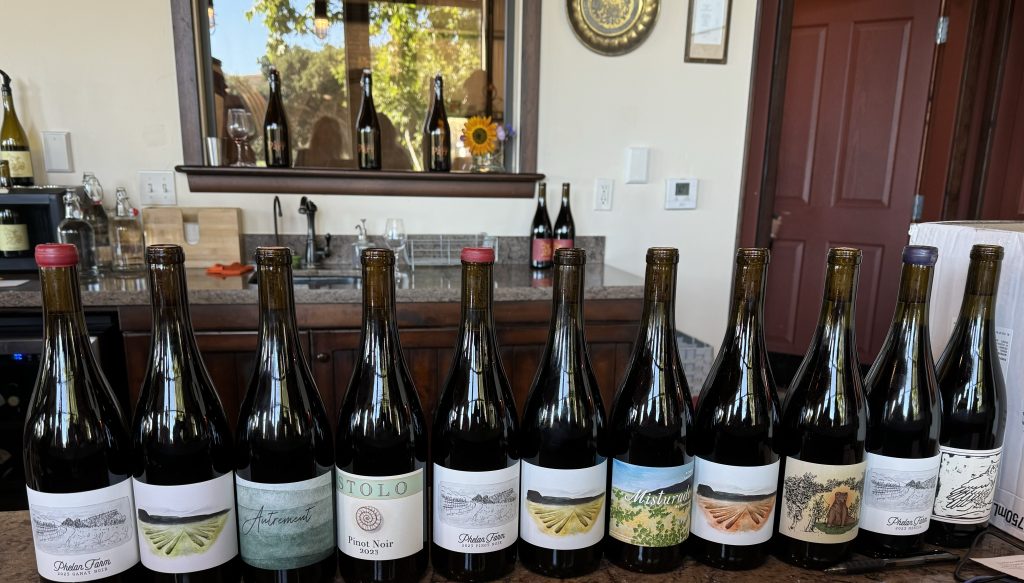
“There’s no irrigation and we don’t till the soil,” said Parr. The no-till philosophy and abstaining from synthetic herbicides leave the complex fungi kingdom beneath the soil undisturbed, which is crucial to the overall health of the vineyard. The no-till practice also helps sequester atmospheric carbon.
Parr, a Burgundy-lover, kept some of the original Pinot Noir and Chardonnay vines at Phelan Farm and decided to graft other vines over to cool climate varieties to take advantage of Cambria’s marine-influenced climate. In 2017 and 2018, he began grafting a selection of some 15 varieties native to France’s Savoie and Jura regions, varieties ranging from Mondeuse, Savagnin Vert, Savganin Jaune and Poulsard to Altese, Trousseau and the popular Gamay.
Parr’s signature runs through the portfolio of Phelan Farm and Stolo wines: light-hued, they show a lyrical balance of fruit and earth on the nose, vibrancy and freshness on the palate. The wines are low in alcohol, around 12 percent level, and there’s no added sulfur during fermentation.
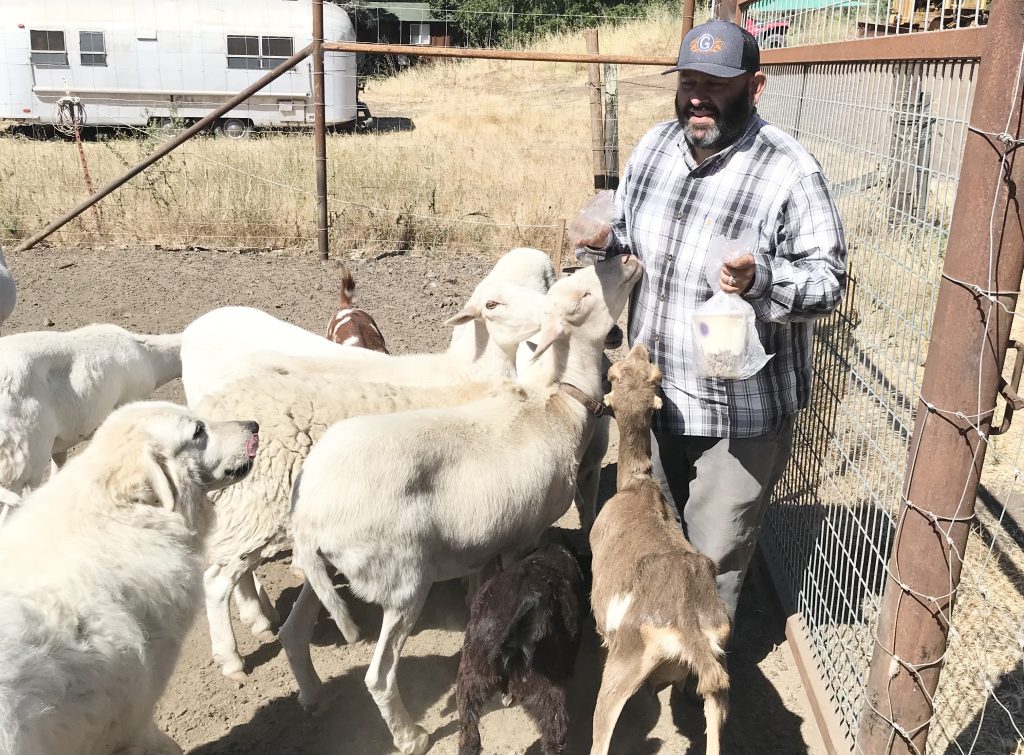
For our tasting, I was surprised when Parr uncorked Stolo’s 2022 Chardonnay and a younger 2023 Pinot Noir. “Reds are easier to drink young,” he justified. “Whites take longer to age.”
A proponent of neutral oak, Parr’s approach is to craft easy-drinking wines. “We don’t use new oak,” he commented. “That takes a little bit of time to settle down. I want wines to be easy drinking but complex to drink young but still have ageability.” Stolo’s current portfolio includes three wines, Chardonnay, Pinot Noir and Syrah but the latter will be phased out and replaced by new varieties.
Parr’s storied career began as a runner at San Francisco’s Rubicon restaurant where he rose to the rank of wine director of the Michael Mina restaurant group. Over the years he has picked up three James Beard Awards, curated four Wine Spectator Grand Award wine lists, co-authored the book “Secrets of the Sommeliers” and mentored countless young aspiring Somms and winemakers. Along the way, he launched three successful wine labels: Domaine de la Côte and Sandhi in Santa Barbara County and Evening Land Vineyards in Willamette Valley, Oregon.
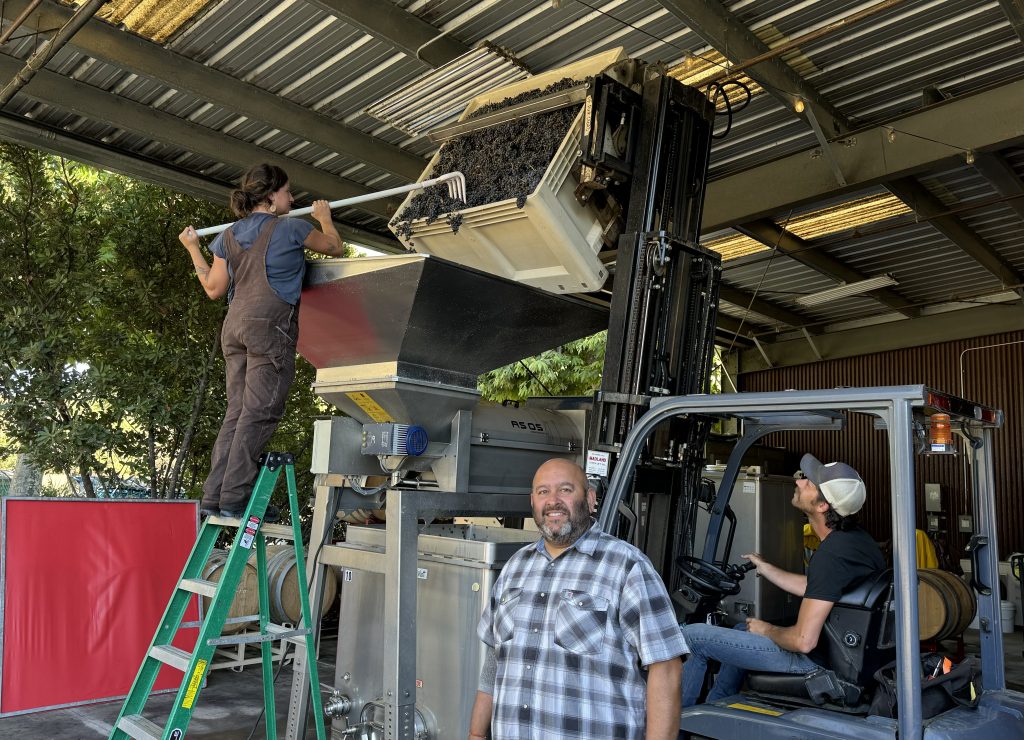
Parr continues his 2,000-3,000 annual case production of Domaine de la Côte Pinot Noir and Chardonnay from a 40-acre hilltop vineyard in the Sta. Rita Hills appellation in Santa Barbara County. Meanwhile, Sandhi, a larger production of some 50,000 cases of Chardonnay and Pinot, is sourced from vineyards along the Central Coast.
Parr’s Brij label, allows him to explore varieties not grown on the estate and source them from noted vineyards from various California appellations. The goal of Scythian Wine Co. brand (in collaboration with Abe Schoener) is to restore heritage vineyard sites around Los Angeles specifically from Cucamonga Valley and craft wines from old varieties such as Palomino, Mission and 100-year-old dry-farmed Zinfandel.
PASO ROBLES PRESS MAGAZINE
Copies of Paso Robles Press Magazine are directly delivered to 23,000 readers in zip codes 93446, 93451, and 93465 and 2,000 dropped with support from advertisers and subscribers. Together, we are Making Communities Better Through Print.™
To subscribe or advertise, click here.

